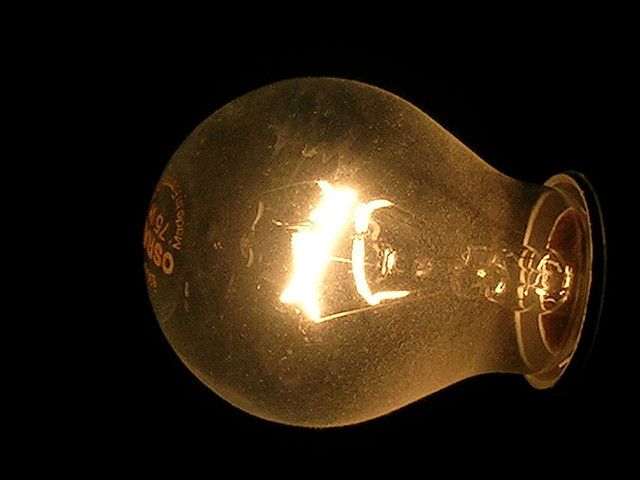-
 Hybrid
Hybrid
-
 Peering
Peering
-
 Conception
Conception
-
 Lyase
Lyase
-
 Spyware
Spyware
-
 Rachis
Rachis
-
 Unfractionated heparin
Unfractionated heparin
-
 Biaxial
Biaxial
-
 Mandrake
Mandrake
-
 Eurasian shrew
Eurasian shrew
-
 M16
M16
-
 Epicanthus
Epicanthus
-
 Genetic Engineering
Genetic Engineering
-
 Anti-androgen
Anti-androgen
-
 Haplodiploidy
Haplodiploidy
-
 Black poplar
Black poplar
-
 Clausius-Clapeyron relation
Clausius-Clapeyron relation
-
 Pallasite
Pallasite
-
 Outcrop
Outcrop
-
 Call waiting indication
Call waiting indication
-
 Sun
Sun
-
 Key exchange
Key exchange
-
 Time
Time
-
 Caucasian Elm
Caucasian Elm
-
 Concrete
Concrete
-
 Tourette's syndrome
Tourette's syndrome
-
 Container return scheme
Container return scheme
-
 Upload
Upload
-
 Fine particle
Fine particle
-
 Chyme
Chyme
Incandescent light bulb
Invented by Joseph Swan and improved by Thomas Edison in the late 19th century, the filament light bulb is a device that produces light by heating a tungsten filament until it glows.
Principle of the incandescent light bulb
The filament resists the electrical current running through it. It therefore heats to a very high temperature (several thousand degrees) and emits light: this is incandescence. Tungsten is the material used, as it is the metal with the highest fusion point.
In order to avoid this thin filament from catching fire and being destroyed when exposed to dioxygen, it is placed in a glass bulb containing either a vacuum, or a controlled oxygen-free atmosphere. However, the filament always sublimates when used and thins until it breaks.
The filament light bulb, out of step with sustainable development
Due to their operating principle, filament light bulbs (including halogens) have very poor energy performances as lighting devices: most of the electricity is transformed into heat by the Joule effect. This is why, in the current context of sustainable energy and development, this type of light bulb is gradually being replaced by low energy consumption light bulbs.
For more information on different types of light bulbs, please read the question and answer sheet.
 Light bulb with an incandescent filament. © Doozzle CC by-nc 2.0
Light bulb with an incandescent filament. © Doozzle CC by-nc 2.0
Latest
Fill out my online form.



